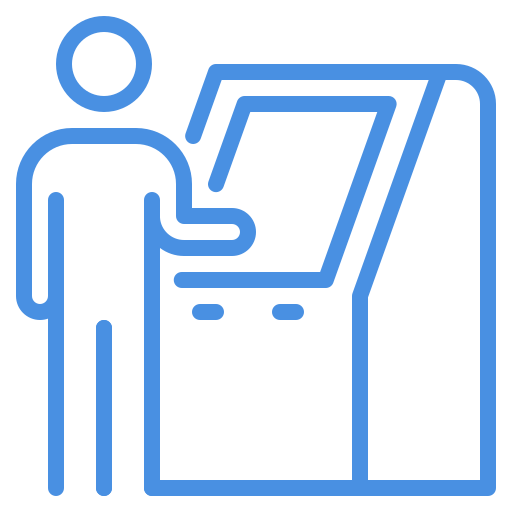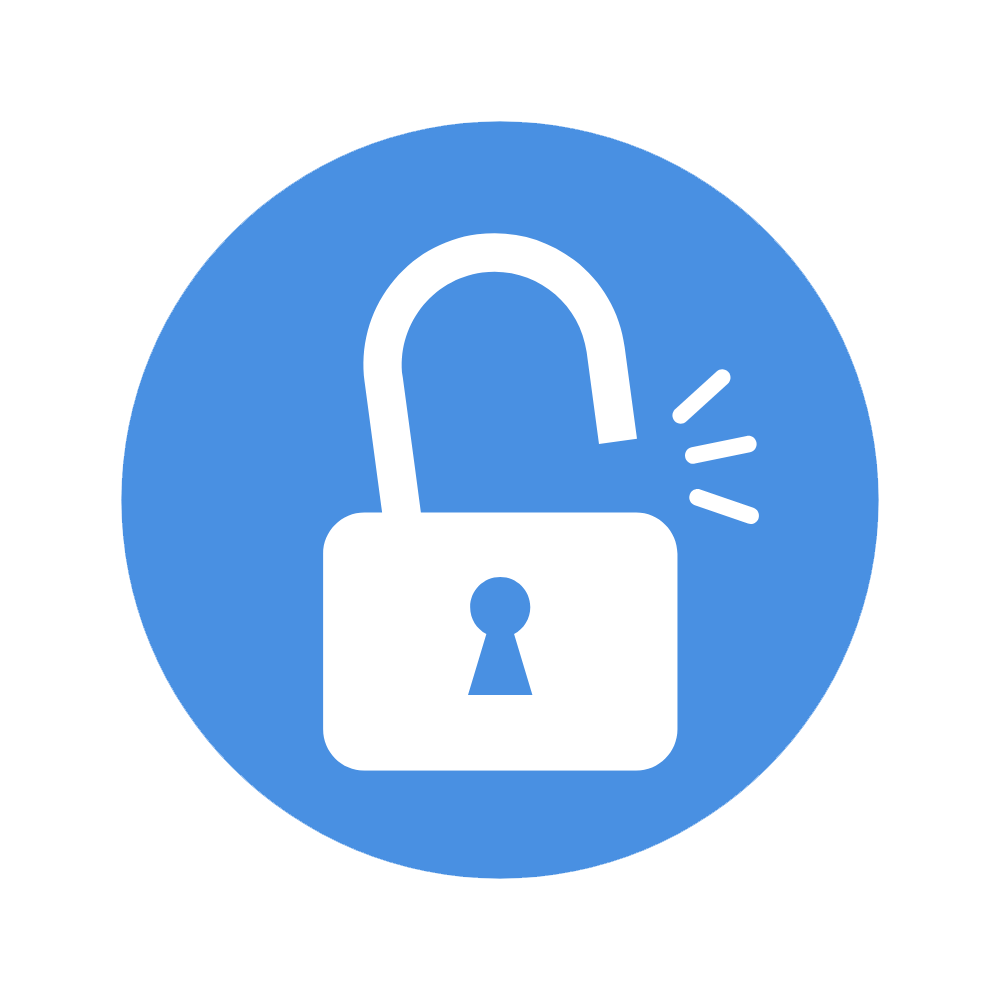
Starting and running a therapy practice alone is both rewarding and demanding. From patient care to managing operations, the challenges of a solo practitioner are complex and often underestimated.
In a recent episode of The Clinic Talk Podcast, occupational therapist Michelle Holloway, owner of Lifestyle Transitions PLLC, shared her experience managing a solo practice. Her story offers not only perspective but real, actionable therapy clinic management tips for therapists building their practices from the ground up.
Balancing Clinical Care and Administrative Work
One of the most common challenges solo practitioners face is time management. Michelle shared that early in her practice, her schedule was packed with home visits. While this reflected her dedication to patient care, it left her with little time for documentation, billing, or insurance processing. Like many therapists, she found herself catching up on paperwork over the weekend leading to burnout and stress.
To address this, she restructured her week. She blocked off specific days for administrative work, documentation, and scheduling. She also hired a virtual assistant to help manage time-consuming tasks. This shift gave her breathing room and brought consistency to her business.
Developing Effective Documentation Habits
For occupational therapists, documentation is critical for continuity of care, reimbursement, and compliance. But for solo providers, it’s easy to deprioritize in a packed schedule. Michelle realized that she needed more than time she needed better systems.
She began refining her workflow with clear occupational therapy documentation strategies:
-
-
Dedicate uninterrupted time for documentation
-
Use standardized templates tailored to OT
-
Integrate documentation into daily routines rather than pushing it to evenings or weekends
-
These changes helped her stay compliant and improved the quality of her clinical notes.
Choosing the Right Rehab EMR for Solo Therapists
Early in her business, Michelle tried multiple EMR systems. Most were not designed for solo therapists and added complexity to her day. Some were built for hospitals, others for general medical clinics. The result? Frustration, wasted time, and unnecessary expense.
She eventually switched to HelloNote EMR for solo practice, and found it was designed with her workflow in mind. HelloNote provided:
-
-
Prebuilt OT templates (like home safety and fall prevention)
-
Easy-to-use billing, scheduling, and note creation tools
-
With a streamlined system, she spent less time on admin and more time focused on patients. It was the rehab EMR solution she needed to grow her practice with confidence.
Building Referral Streams Without a Marketing Team
Another common challenge of a solo practitioner is attracting consistent patient referrals especially without a full marketing department. Michelle, like many therapists, relied initially on word-of-mouth. But to grow, she had to get more intentional.
She began participating in community events, attending senior expos, and offering educational workshops. These efforts connected her with potential patients and referral sources, including neurologists, orthopedic surgeons, and primary care providers.
These grassroots strategies provided visibility and trust—key ingredients for building a strong referral network.
Strategic Partnerships that Expand Care and Referrals
Michelle also emphasized the power of collaboration. She built relationships with:
-
-
Speech-language pathologists
-
Physical therapists
-
Home health agencies
-
DME (Durable Medical Equipment) providers
-
These partnerships not only supported her patients with comprehensive care, but also created a steady stream of cross-referrals. If you’re looking for therapy clinic management tips, this one is simple but powerful: grow your network intentionally.
Hiring Decisions: 1099 vs W-2 Employees
As her business evolved, Michelle faced hiring decisions. Should she contract 1099 therapists or hire W-2 employees? She found that while 1099 workers offered flexibility, they lacked the consistency and investment of permanent staff.
Choosing W-2 employees gave her greater control over the quality of care and helped her build a more unified team critical for solo practitioners transitioning into group practice.
Transitioning the Therapist-Patient Relationship
One surprising challenge solo therapists face is patient attachment. When patients become used to seeing one therapist, transitioning care to another provider can be tricky.
Michelle addressed this by gradually introducing new staff into sessions, involving them in evaluations, and ensuring patients felt comfortable before handing off care. This helped preserve trust and continuity.
The Importance of SOPs for Growth
Perhaps the most important lesson Michelle shared was the value of structured operations. Early on, she began documenting her processes everything from scheduling to onboarding to insurance verification.
These standard operating procedures (SOPs) made it easier to train new hires, maintain consistency, and avoid confusion as her practice scaled. For any solo practitioner, SOPs are an investment in sustainability.
Final Takeaway: From Chaos to Clarity
Facing the challenges of a solo practitioner means learning how to manage your time, tools, and team with purpose. Whether you’re just starting out or looking to optimize your systems, HelloNote EMR can support your documentation, scheduling, and billing in one place.
The challenges of a solo practitioner are real but they’re manageable with the right tools and mindset. Michelle Holloway’s journey highlights what it takes to thrive:
-
-
Protect your time for admin and documentation
-
Invest in systems that work for you like a rehab EMR for solo therapists
-
Build strong local networks and community connections
-
Hire with intention, and communicate clearly with patients
-
Develop operational systems early to prepare for growth
-
Solutions like HelloNote EMR for solo practice help you simplify documentation, stay compliant, and reclaim your time so you can focus on what matters most: your patients.
Ready to Simplify Your Solo Practice?
Book a free HelloNote demo and see how our EMR is built specifically for physical, occupational, and speech therapists like you.


















